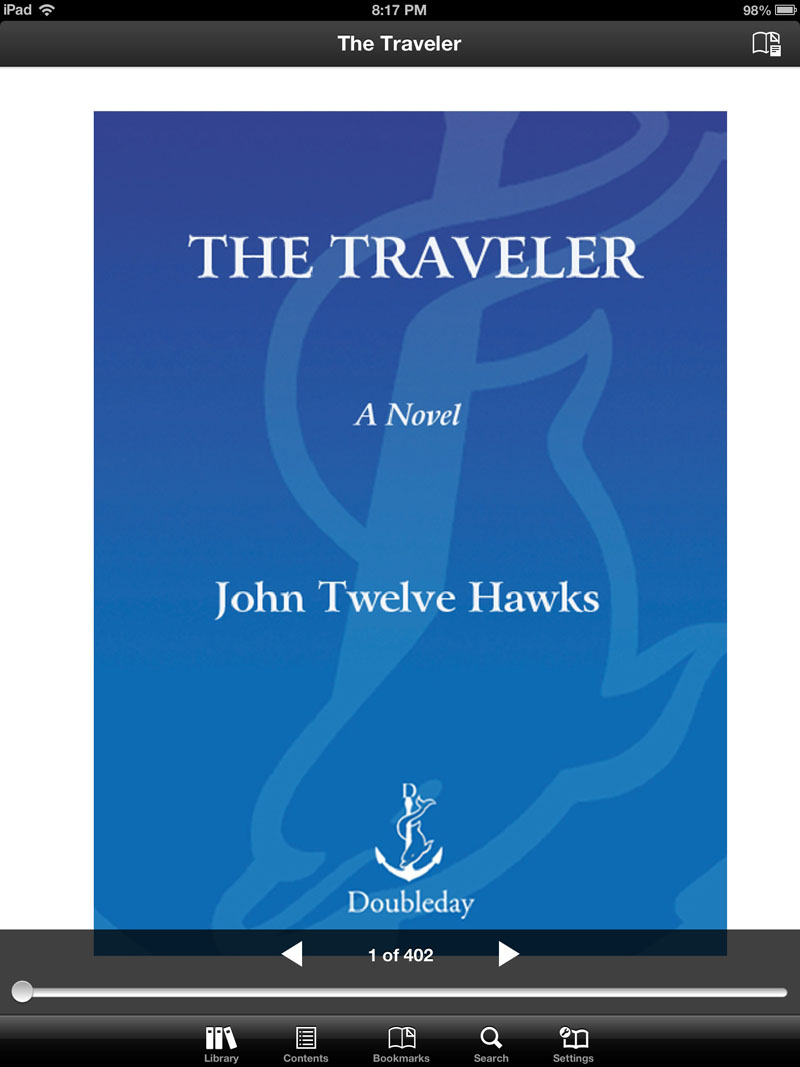
King Iambus slays an anapest (Arthur Rackham). OK. Actually it’s King Arthur slaying a dragon.
As an editor with lots of friends who are writers, I have lots of conversations about writing. When talking about writing, sometimes it’s important to talk about the rhythm of language. To talk about the rhythm of language, one needs a handle on the terms that describe rhythm in language. One also needs to understand the simple methods used to examine the rhythm of a sentence. These methods are more commonly applied to poetry, but they’re just as valid for prose. These methods are very similar to the way we talk about rhythm in music. Every good writer is aware of rhythm, at least unconsciously, just as every musician is aware of rhythm.
Once upon a time, high school students got at least a taste of this in English class. They all learned that Shakespeare wrote his plays in iambic pentameter (also called “blank verse”), though most students probably didn’t pay much attention. It also used to be that every college student in English 101 and 102 learned how to scan verse and describe its rhythm. Nevertheless, as an adult, I don’t recall ever having met a single person (other than English professors) who had a grip on this. Let’s review!
Which brings me to this little piece of doggerel:
Iambus, King of all the North,
Sucking trochees ventured forth.
Galloping dactyls emerged from their nest,
But he struggled and conquered this anapest.
Spondee!
Before we’re done here you’ll understand the genius and usefulness of the little verse above.
Here are the words that are used most in describing rhythm in language. The two-syllable rhythms are iambic and trochaic. One also speaks sometimes of an iamb or a trochee. An iamb is a unaccented syllable followed by an accented syllable. Say the word, “omit.” That’s an iamb. A trochee is an accented syllable followed by an unaccented syllable. Say the word “writing.” That’s a trochee.
oh-MIT
WRITE-ing
The three-syllable rhythms are dactylic and anapestic. One also speaks sometimes of a dactyl or an anapest. A dactyl is an accented syllable followed by two unaccented syllables. Say the word “ignorance.” That’s a dactyl. An anapest is two unaccented syllables followed by an accented syllable. Say the word “understand.” That’s an anapest.
IG-no-rance
un-der-STAND
Say the word “understand” five times in a row, aloud. Your rhythm was anapestic pentameter. All language has rhythm, for better or for worse.
I should mention one other two-syllable rhythm — spondaic. One also speaks sometimes of a spondee. A spondee is two accented syllables in a row. Say the words “bad breath.” That’s a spondee.
BAD BREATH
Let’s return to Shakespeare for a moment, and hopefully to something that you remember from high school. Here is the opening line of Sonnet 73:
That time of year thou mayst in me behold
If you read that line in a sing-song voice to exaggerate the rhythm, it sounds like: ta-DAH ta-DAH ta-DAH ta-DAH ta-Dah. If you count them, you’ll see that this line of poetry consists of five iambs. Hence, iambic pentameter. We might also speak of five feet of iambic.
There is a shorthand notation for this, used on blackboards in English 101 and 102. Iambic pentameter: ˘ ′ ˘ ′ ˘ ′ ˘ ′ ˘ ′
Iambic: ˘ ′
Trochaic: ′ ˘
Dactylic: ′ ˘ ˘
Anapestic: ˘ ˘ ′
Spondaic: ′ ′
Dactylic is the waltz rhythm: ONE-two-three, ONE-two-three, ONE-two-three. It’s also a sort of galloping rhythm. Anapestic rhythm also can sound like a gallop:
gid-dy-YAP, gid-dy-YAP, gid-dy-YAP, LET’S GO!
That was three anapests followed by a spondee.
Scan this famous (and beautiful) quote from Star Wars and note its rhythm:
Young fool. Only now do you understand.
The shorthand of its rhythm is: ′ ′ . ′ ˘ ′ ˘ ˘ ˘ ˘ ′ . “Young fool” is a spondee, and “Only now do you understand” contains a dactyl followed by an anapest. The most powerful and memorable sentences often have a compelling, poetic rhythm. In music, this juxtaposition of a dactyl and an anapest would be called syncopation. Syncopation is an unexpected disturbance of the rhythm, but a disturbance which has a meaningful musical effect. If you happen to be an English major and a Star Wars fan, then you know that a dangerous disturbance of the rhythm in the emperors’s speech also signifies a dangerous disturbance in the Force.
Wasn’t that easy? Now that you have the tools, let’s look at some English prose, starting with some very bad prose, and examine the rhythms. When you read these sentences, instead of actually saying the words, just say “dit” for each syllable and listen to the sound:
There is no want of power in God to cast wicked men into hell at any moment. Men’s hands cannot be strong when God rises up. The strongest have no power to resist him, nor can any deliver out of his hands. — Rev. Jonathan Edwards, 1741
I can think of few rhythms in English prose that are uglier than the rhythms of preaching. Enough said.
One of my greatest pleasures is to heap scorn on Ayn Rand — not only for her putrid ideas but also for her putrid prose. Remember, just sound out the syllables:
I swear by my life and my love of it that I will never live for the sake of another man, nor ask another man to live for mine. — Ayn Rand
Ayn Rand oftens falls into hammering, machine-gun rhythms. I wonder why.
I always like to cite Tolkien’s prose as examples of fine writing and the natural rhythm of the English language:
… and a door between them and the night … (Three feet of anapestic.)
Then they all fell silent, and one by one the hobbits dropped off to sleep. (Trochees before the comma, iambs after the comma.)
The face of Elrond was ageless, neither old nor young. (Six lovely feet of iambic.)
There’s a connection between rhythm and vocabulary. In general, writers can control their rhythm — and their mood and tone and emotional effect — by relying on words that came into the language through plain old Anglo-Saxon English. Words that came into the language through French after the Norman invasion in the 12th century are much colder words, more abstract, with rhythms that are more difficult to manage. Some examples of Anglo-Saxon words: home, hand, love, dog, dig, dirt, belly, book. Some examples of French words: affection, domicile, stratification, diminution, authorization. Not only are the French words cold and abstract, their rhythms usually work poorly in good English sentences.
At the risk of stating the obvious, I should mention here that no writer repeats the same rhythmic pattern over and over. That would soon become boring. And though it’s true that Shakespeare’s plays are predominantly iambic pentameter, there are many irregularities, many elements of syncopation, many surprises. However, iambic pentameter is often said to be the natural rhythm of English, so we can hear a lot of iambic pentameter without it becoming conspicuous or boring. In fact it has a musical effect, as in a sonnet. Good writers — consciously or unconsciously — manage their rhythms. When a writer is in the flow, the rhythms will support and intensify the writer’s mood and intent. The rhythms will strongly affect the reader, unconsciously, and in some mysterious way make the reader more receptive to the writer’s intent.
As for the bit of doggerel we started with about the King of the North, I first encountered it in Theodore Bernstein’s The Careful Writer (1965). As far as I know, that’s where it originated, since Bernstein gave no source and since I’m sure he would have given credit for it if someone else had come up with it. If you memorize this verse and know how to scan each line for its rhythm, then you’ll never slay a dactyl when you meant to slay an anapest.
Spondee!
Update: I should mention the words that are used to denote the number of feet in a line of verse:
1. monometer
2. dimeter
3. trimeter
4. tetrameter
5. pentameter
6. hexameter
7. heptameter
8. octameter









